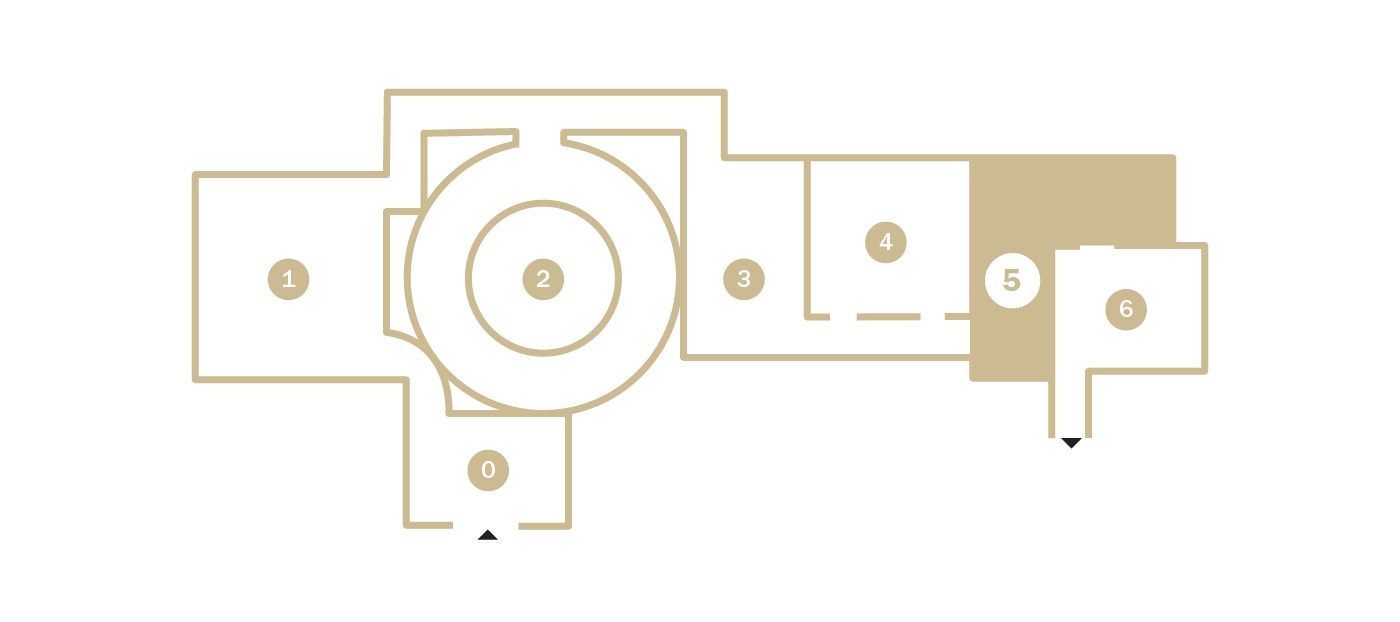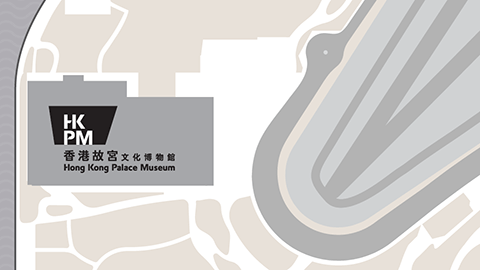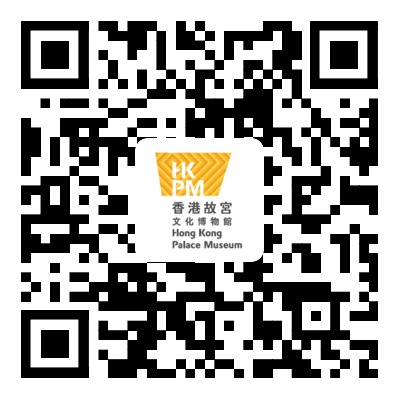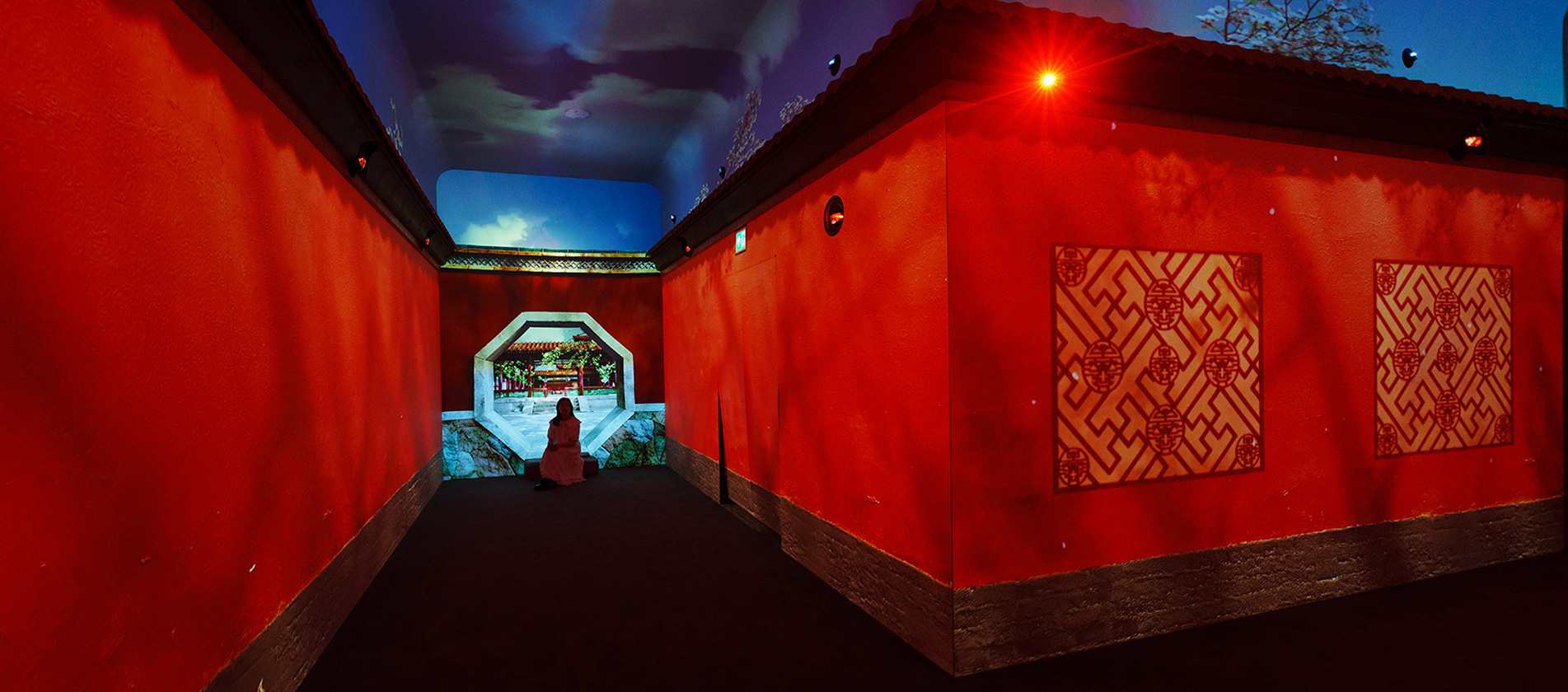The patterns of the Forbidden City emerge from nature, seamlessly blending with artefacts and are transformed into the very essence of architecture. The exquisite window grilles, adorned with auspicious designs like “three intersections and six arches” and “step-by-step brocade”, cast enchanting shadows that shift with the seasons, bearing witness to the past, present, and future.
Experience: Wander through the shadows of the walls and windows to experience the ever-changing seasons of the Palace Museum.
Suggested experience time: 2 mins
Patterns in Focus
Swastika Patterns
The swastika (卍) is a Buddhist symbol representing light and auspiciousness. It was during the Tang dynasty that its form and pronunciation became standardised, and it was given connotations of beauty. The continuous pattern of swastika symbolises lasting wealth and prosperity. When combined with bats and the shou (longevity) character, it conveys endless blessings and longevity.
Coin Patterns
Resembling ancient Chinese coins with round shape and square holes, this pattern features inward-curving lines in its centre. It represents wealth and abundance, making it particularly favoured by merchants in ancient times. Often formed by multiple interlocking forms, the pattern is commonly found on jade, gold and silver, and other artefacts.
Three Intersections and Six Arches (Sanjiao liuwan) Patterns
The pattern is composed of three intersecting vertical and diagonal wooden bars, forming multiple equilateral triangles. At each point of intersection appears a six-petal lozenge-shaped flower pattern. It is commonly found on the doors and windows of the highest-ranking architecture, with symbolizing the legitimate authority of a regime.
Step-by-step Brocade (Bubujin) Patterns
Formed by interlacing horizontal and vertical bars of varying lengths arranged in specific order, the pattern symbolises steady advancement and a bright future with its symmetrical designs geometric shapes. Assembled using traditional mortise-and-tenon joinery, this pattern is durable than other lattice patterns, making them popular among traditional residences, gardens, palaces, and temples.
Next Unit
Floorplan











